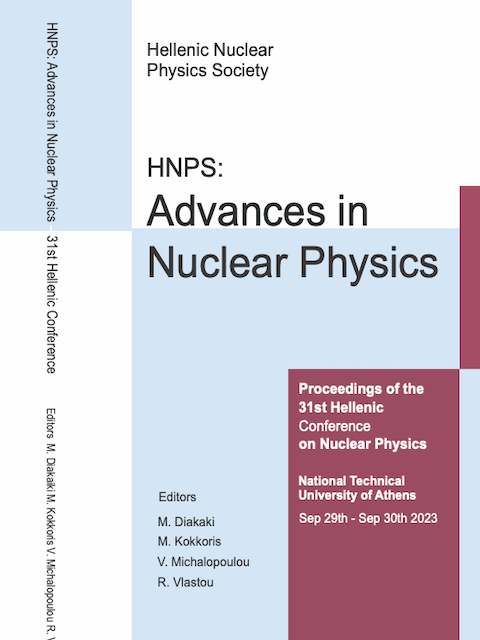αSPECT: Adaptation of existing radon detectors to deep-sea operation

Abstract
Among the naturally occurring radioactive materials (NORM), radon and its isotopes 222Rn and 220Rn, being the only gaseous products, have a significant role due to their unique transport properties and common chemical characteristics within the respective decay chains of uranium and thorium. Continuous monitoring of radon emissions has diverse applications in geosciences, including the potential for earthquake precursors and their association with changes in volcanic activity . In this work, we report on the development, testing, and characterization of a one-of-a-kind and innovative alpha radiation spectrometer known as αSPECT. RAMONES , a project funded by the EU H2020 FET Proactive program, aims to develop prototype instruments for continuous and in situ measurements of radioactivity, both natural and artificial, in the marine environment. These instruments will be deployed on a stationary benthic laboratory or on autonomous underwater gliders (AUG). This instrument, specifically designed for operation in the deep sea, will be hosted on the benthic laboratory. To ensure the suitability of αSPECT for deep-sea environments, the detector design is adapted to commercial cylindrical enclosures capable of withstanding harsh marine conditions. Through the deployment of αSPECT, we anticipate gaining insight into deep-sea geochemical processes related to radon emission and circulation. This includes the investigation of sediment-water interactions, water volume dynamics, and properties of submarine hydrothermal vents. Currently, αSPECT is undergoing development, and initial testing is scheduled to commence in the near future
Article Details
- How to Cite
-
Madesis, I., Lagaki, V., Siltzovalis, G., & Mertzimekis, T. J. (2024). αSPECT: Adaptation of existing radon detectors to deep-sea operation. HNPS Advances in Nuclear Physics, 30, 131–136. https://doi.org/10.12681/hnpsanp.6219
- Issue
- Vol. 30 (2024): HNPS2023
- Section
- Oral contributions

This work is licensed under a Creative Commons Attribution-NonCommercial-NoDerivatives 4.0 International License.





